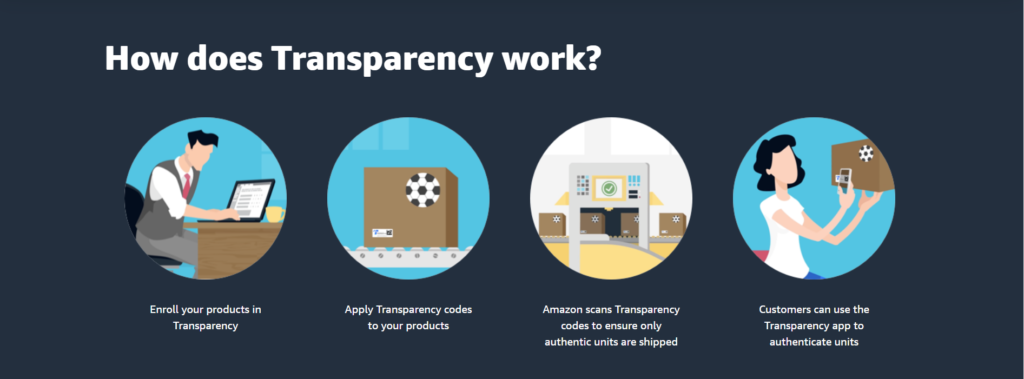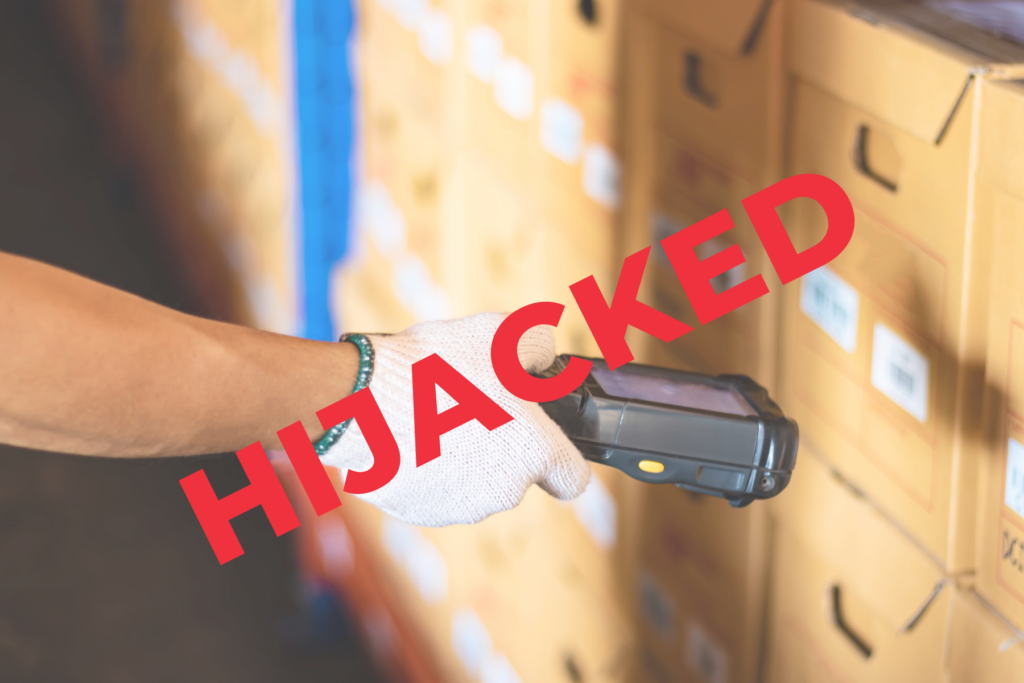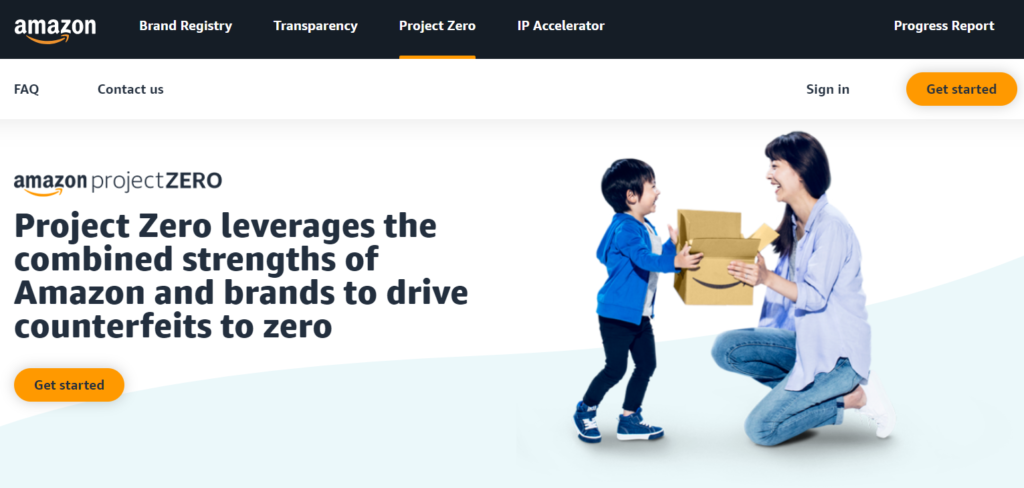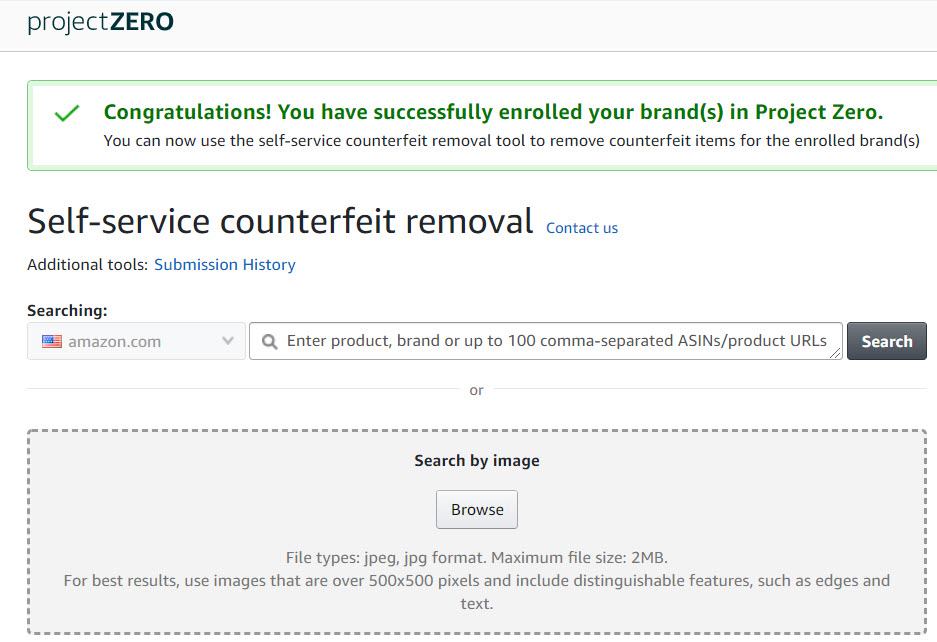Amazon Transparency vs. Amazon Project Zero
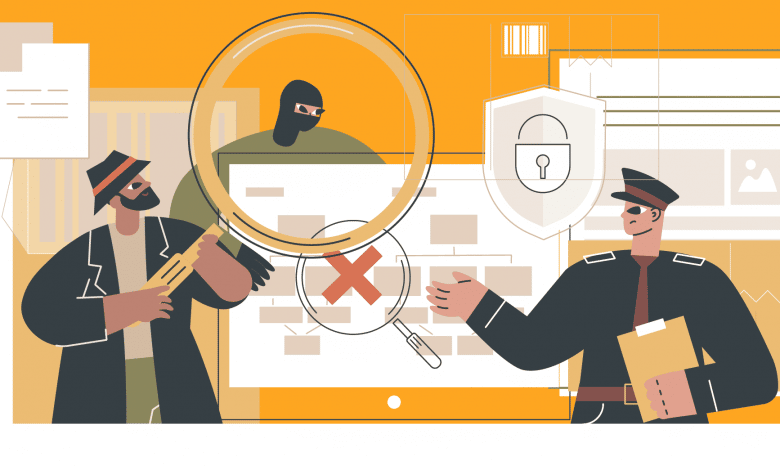
One of the greatest threats to Amazon sellers is counterfeit products, along with fake reviews. Protecting your brand from these issues on Amazon can be knotty. And if you’re thinking Seller Support will help you and save your day, the reality is it most likely won’t happen.
Therefore, Amazon implemented two programs, the Transparency program in 2018 and Project Zero in 2019.
In this article, we will show you what these two programs are all about, their pros and cons, and the requirements to register for each of these programs.
Related Readings: The Ultimate Guide to Protecting Your Brand on Amazon and Amazon Transparency Program: Is It Worth It?
Related Listening: E179: Trademark Protection and the Importance of Being Amazon Brand Registered
Topics Covered
- Overview
- What is the Amazon Transparency Program?
- How does the Amazon Transparency Program work?
- Who can enroll in the Amazon Transparency Program?
- What are the pros and cons of the Transparency Program?
- What is the Amazon Project Zero Program?
- How does Amazon Project Zero Work?
- Who can enroll in the Amazon Project Zero Program?
- What are the pros and cons of the Amazon Project Zero?
- Final thoughts
Under the Microscope: Transparency vs. Project Zero
Here's a quick rundown of the Transparency Program and Project Zero Program before we dive into each of these programs.
| Amazon Transparency | Amazon Project Zero | |
|---|---|---|
| Functionality | Gives sellers exclusive and trackable barcodes for its items. | Gives sellers greater power to remove counterfeit sellers from their listings. |
| Eligibility | – You must have a valid trademark on your product. – You need to be enrolled under Amazon Brand Registry. – You must have a valid Global Trade Item Number (GTIN). – The ability to apply unique Transparency codes on every unit you manufacture. |
– You need to be enrolled under Amazon Brand Registry with a government-registered trademark. – Have submitted reports of potential infringements with an acceptance rate of at least 90% in the last six months. |
| Cost | – Each transparency code costs 5 cents. – Volume discounts (3 cents per code if you order over 1M codes and 1 cent per code if you order over 10M codes). |
– Free to enroll in. The use of automated protections and self-service counterfeit removal tools are included. – Using the product serialization service incurs a cost per unit, based on volume. |
| Will this program solve your problems? | Sellers are still exposed to these problems. | Sellers are still exposed to these problems. |
What is the Transparency Program?
All the brands that sell on Amazon are dealing with counterfeiting on Amazon. Counterfeiting has become increasingly prevalent on Amazon and increasingly difficult to control. Transparency is Amazon's answer and next level of protection against fearsome product counterfeiters.
How does the Amazon Transparency Program work?
Transparency by Amazon is basically a product tracker that allows sellers and customers to see where the product comes from, when and where it was made and even the material that it is made of. It is a unit-level labeling system that manufacturers and brand owners can place on all of their products.
Amazon will verify barcodes before shipping any product to a consumer. If the code doesn’t match, the company will stop delivery, mark it as a potential counterfeit item, and investigate the matter.
For more in-depth information about the Transparency Program, read this article: Amazon Transparency Program: Is It Worth It?
Who Can Sign Up for the Transparency Program?
Before signing up for the Transparency program, Amazon sellers have to meet criteria:
- Your product/s must be registered under the Amazon Brand Registry.
- Your product/s must have a registered trademark to prove that you’re the brand owner.
- Your product/s will need a Global Trade Item Number (GTIN), such as a UPC or EAN barcode.
- You will need to make sure to apply unique Transparency codes on every single unit you manufacture.
The program is currently available in limited countries. Find out here what countries can enroll under the Transparency Program here.
Once you meet all of these requirements, you can enroll on Amazon’s Transparency Page. You can choose the products you want to protect, but our recommendation is that you should prioritize the products with the highest risk of counterfeiting and later gradually expand Transparency to other products as needed or as your pocket allows you.
What are the pros and cons of the Transparency Program?
Transparency Program is all about protecting your brand from counterfeiting, however, this program is not made for all pockets. So like everything on Amazon, even when it comes to protecting yourself from counterfeiters, you will have to pay for this “privilege”. Let's take a look at the pros and cons of this program:
Amazon Transparency Program Pros
- Keep counterfeits away.
- Protect your products, brand and consumer trust.
- Product authentication.
- Protect brand on Amazon and off Amazon.
Amazon Transparency Program Cons
- The program is not free.
- Individually label each package.
- Labeling costs.
- You need to meet some requirements if you want to enroll.
- You need to include Transparency codes even to the products sold off Amazon.
From above, the biggest advantage of this program is the ability to prevent hijackers from selling on your listing, since they don’t have access to the Transparency codes that Amazon generates for products. Another of the benefits that we found in this program is the protection of your brand from counterfeits and at the same time protects your brand reputation.
However, the biggest disadvantage we find in this program is that it leads to higher manufacturing and fulfillment costs and it’s also very time-consuming.
Definitely, for many sellers, it provides peace of mind, but like everything in Amazon this has a cost, and you are in charge of paying every penny of it. If you are a small brand and you decide to enroll in Transparency, you will have to pay for each Transparency code and sticker for your products and packages. The result? A reduction in your margins. Therefore, for some brands, especially small brands, this is an unacceptable and unaffordable cost.
This is one more example that Amazon prioritizes and honours those large brands, leaving aside the small and medium-sized brands.
What is the Amazon Project Zero Program?
As we mentioned before, Amazon has a GIANT counterfeit product problem and many Amazon sellers are getting ahead offering counterfeit products. Amazon instituted the Project Zero program at the beginning of 2019 as a response to counterfeits on this ecommerce platform. The program gives sellers greater power to remove counterfeit sellers from their listings.
Amazon’s Project Zero is like Transparency on steroids. Sellers receive unique codes for every unit they manufacture, but sellers also get the power to self-remove listings of their products if they believe them to be counterfeit and without Amazon’s intervention.
How Does Amazon Project Zero Work?
How exactly can you avoid copycat products with this program? Project Zero features three tools:
- Automated Protections: this tool is an Amazon machine learning (ML) that scans more than 5 billion listings per day and removes counterfeits.
- Self-service counterfeit removal: this tool allows brands to remove flagged counterfeits listings without Amazon approval. In addition, the data you provide to this tool goes directly into Automated Protection. However, there are concerns about how sellers are abusing the use of this tool, that’s why Amazon may remove sellers from this program if they don’t keep a counterfeit removal accuracy of 99%.
- Product Serialization: this tool allows Amazon to detect the authenticity of a product. The brand needs to attach a unique serial code to each of its products and Amazon will verify the authenticity of them every time a serialized product is purchased.
Who Can Sign Up in the Amazon Project Zero Program?
Amazon no longer requires brands to be invited to Project Zero, but you’ll have to meet some requirements if you decide to enroll in the program and get started.
- You must be the legal owner of the trademark you want to protect.
- You must register your brand with Amazon’s Brand Registry.
- You must have submitted a potential infringement to Amazon in the past 6 months and have at least a 90% acceptance rate on those submissions.
Piece of cake, right? Well bad news, Amazon has also the right to evaluate additional factors to determine user's eligibility to prevent abuse of their tools. Certainly, Amazon benefits from keeping big brands happy.
What are the pros and cons of the Amazon Project Zero Program?
Here are the main pros and cons you should know before enrolling in the program:
Amazon Project Zero Pros
- Protection of brands and consumers.
- Serialization of products.
- You don’t need Amazon approval when using the self-service removal.
- Amazon will monitor brand owners to prevent misuse.
Amazon Project Zero Cons
- High eligibility criteria.
- Exclusively for obvious counterfeits of products.
- Cost of product serialization.
- When sellers abuse, Amazon won’t take action unless several sellers complain (and by then, the damage is done).
- Self-manage counterfeit removal tool.
- Brand owners are responsible for reviewing their listings for possible counterfeits.
As shown above, the biggest pro of Amazon Project Zero is brand protection and the serialization of products, which includes a self-service removal tool that you can use without Amazon approval.
But, the biggest thing you want to take into consideration is the cost of the product serialization, since you will be in charge of applying each of the unique codes in every package.
You will also have to spend time reviewing your listings and looking for possible counterfeits on your own, as Amazon will not do it for you.
Final Thoughts
Both the Transparency and Project Zero programs are positive steps in the right direction, but it does not remove the problem of counterfeits entirely. The onus is still on sellers to monitor their listings and all of the Amazon marketplace to ensure no counterfeiters exist.
Have you ever dealt with counterfeiters on Amazon? Are you part of any of these programs? If so, have any of these programs helped you to fight counterfeits? Tell us about your experience in the comment section below!
